Is it dropping more sharply than the market? What is the future outlook for the sluggish NFT market?
Written by: Bit Fool
Organized by: Deep Tide TechFlow
The recent slump in the NFT market has caused considerable anxiety. Trading volume, active addresses, and transaction counts have all significantly declined, while the proportion of new users has also gradually decreased.
Crypto KOL Bit Fool believes that most analysts merely pile up data without truly understanding the market. Here are his views on the NFT market.

Since February, both price and volume have fallen. Trading volume has dropped from 36,000 ETH per day to 10,000 ETH; the blue-chip index has fallen from over 9,000 to 7,500. During this period, many NFT big shots have faded into obscurity.


The number of transactions has decreased, and active addresses have plummeted. Active addresses have dropped by 90% since February. The number of transactions has decreased by about 80% month-on-month.
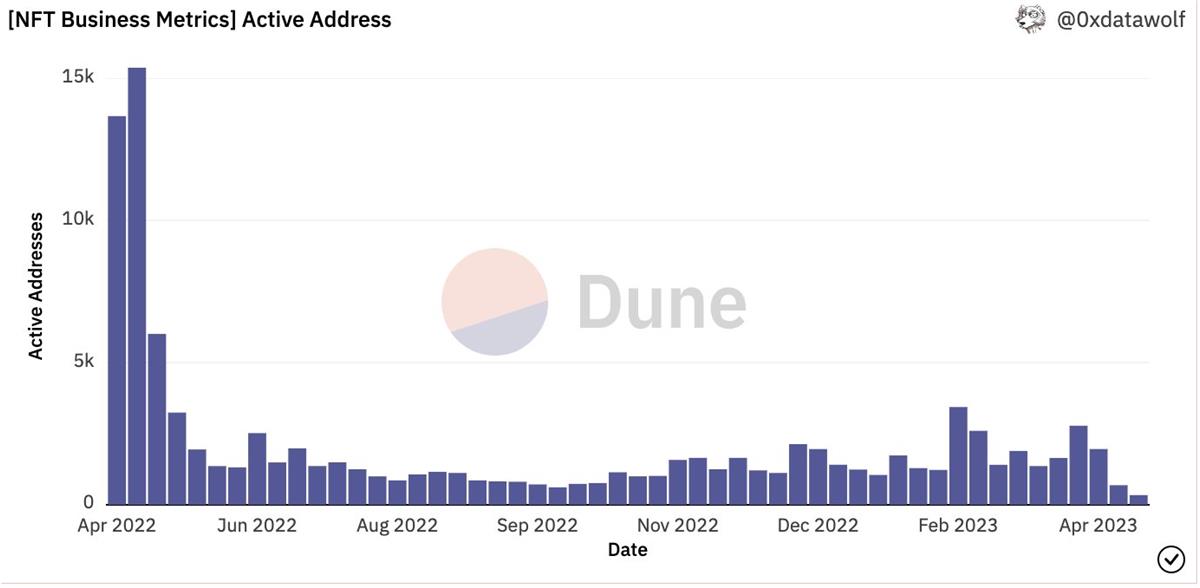
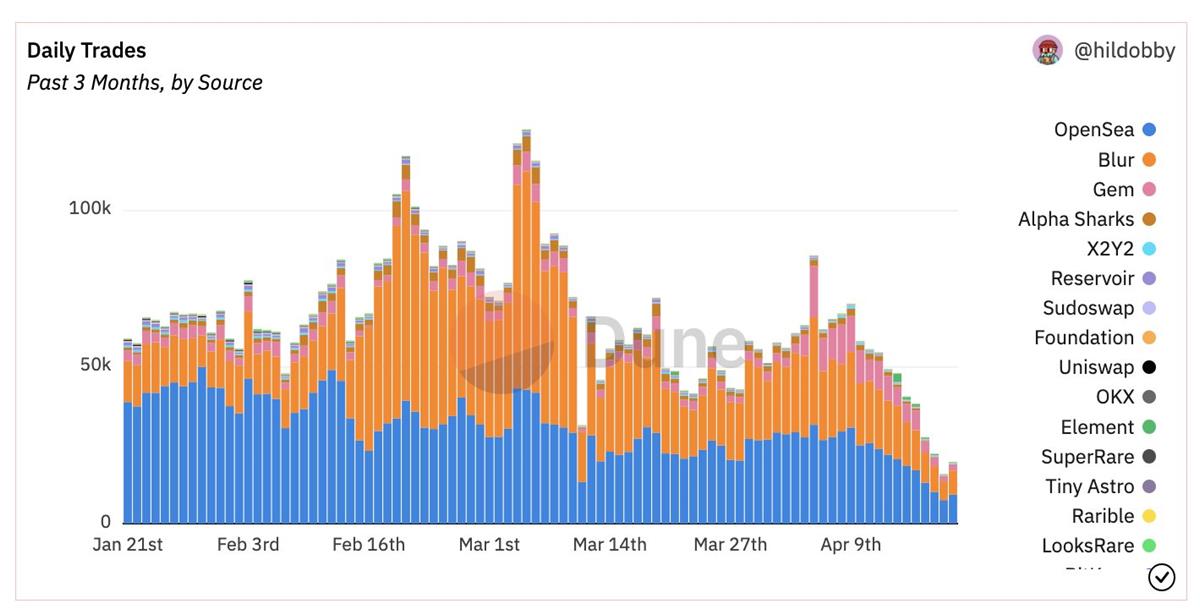
What’s even more alarming is that there are hardly any new users in the NFT space. Since April of last year, the proportion of new users has gradually declined. A low proportion of new users means there isn’t much incremental capital. It’s evident that the NFT market is indeed in a bear market and has not recovered at all.
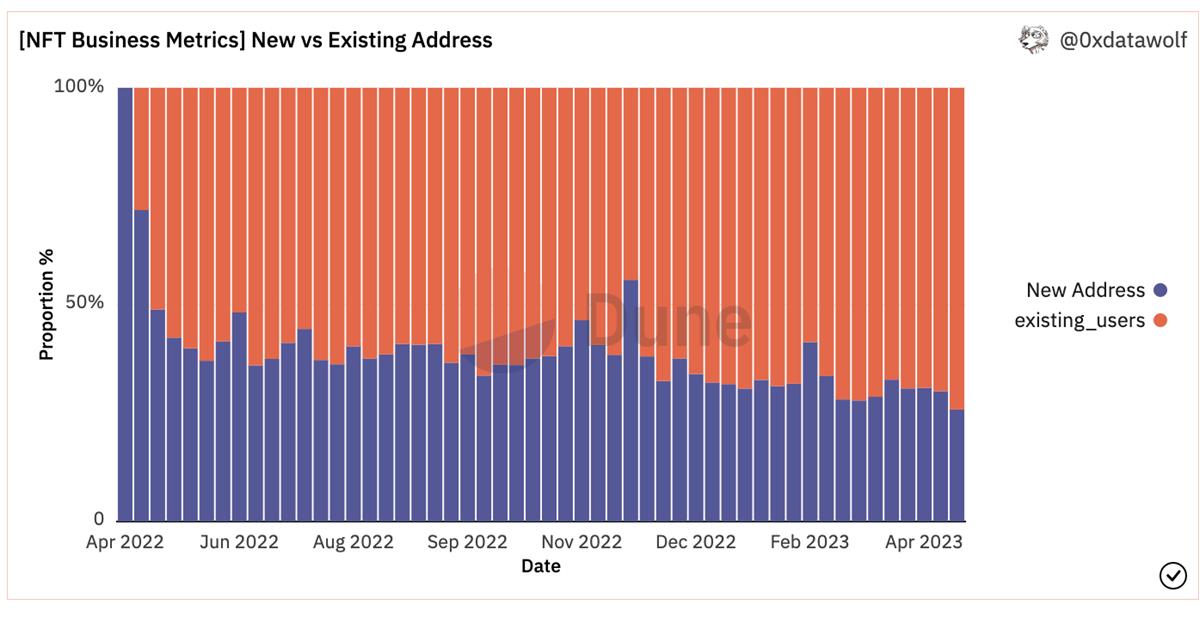
The Impact of Blur on the NFT Market
Some analysts say that Blur has harmed NFTs.
Firstly, they claim that NFTs cannot withstand high-frequency trading. However, in Bit Fool's view, the increase in NFT trading frequency is due to the reduction in friction costs of trading. Lower friction costs make NFT trading smoother, which has a slight positive effect on asset prices. Furthermore, the current trading volume of NFTs has significantly decreased, and NFT prices have not stabilized.
Secondly, they argue that Blur has popularized NFTs, moving them away from niche circles, leading to price declines. This logic does not hold up either. Since NFTs have been publicly transparent on-chain since their inception, during the Opensea era, everyone could observe the transactions.
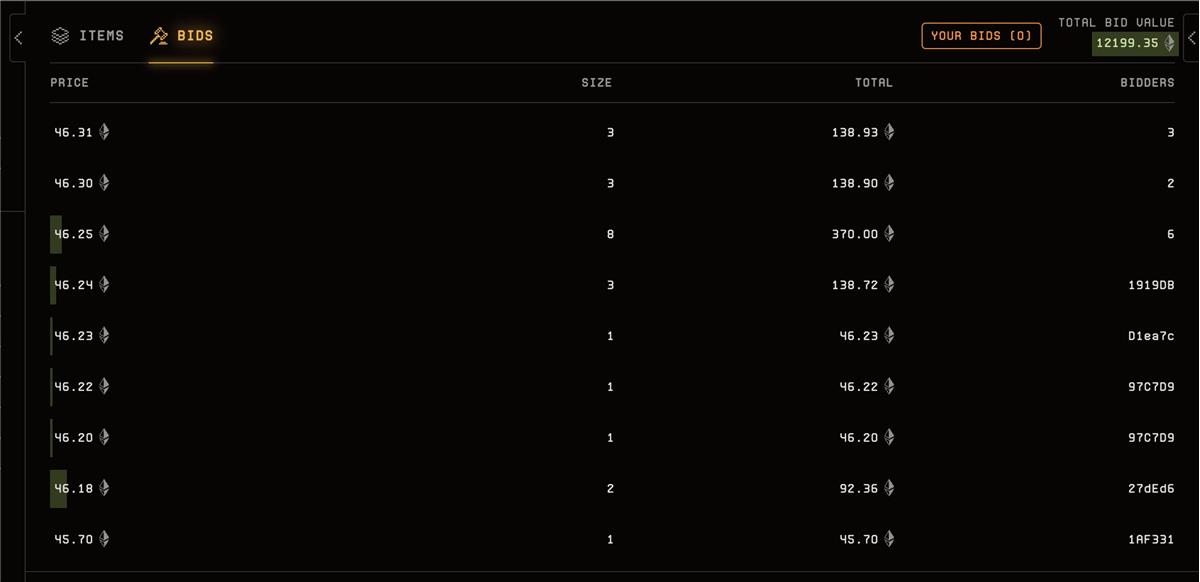
Thirdly, they say that the massive liquidity brought by Blur has crushed NFTs. This logic also does not stand up to scrutiny. If you push this liquidity to the extreme, it becomes ordinary homogeneous tokens. With a large number of homogeneous tokens dancing in the market, how can NFTs, which have lower liquidity, not perform? Moreover, liquidity injection is beneficial for asset prices.

ETH Rises, So NFTs Fall
Some analysts in the market say that because ETH has risen, NFTs cannot hold up.
When asked why, they stammer and say that NFT investors look at U-based pricing, not coin-based pricing.
A foolish question will, of course, elicit a foolish answer.
Looking at the data, the price of ETH and the price of NFTs are not necessarily negatively correlated. Analysts who blame the decline of NFTs on the rise of ETH are not even worth calling bookworms.
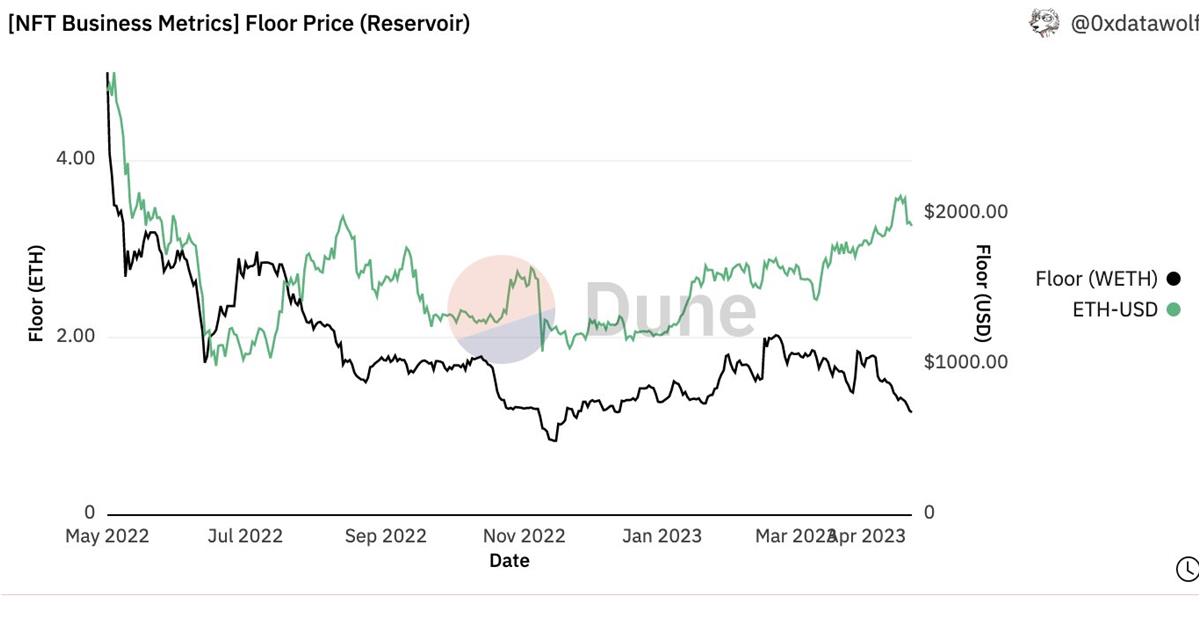
Why Are Some NFTs Rising?
In such a sluggish market, even Yuga's extraordinary operational capabilities cannot maintain prices. Why can Azuki stabilize and rise?
Saying that demand exceeds supply is just a circular logic.
Saying that PR is good, then how do you explain that Yuga and Gucci's collaboration cannot maintain the token price?
Bit Fool believes that an important factor that cannot be ignored is the control rate and the capital behind it. However, this is difficult to quantify externally.
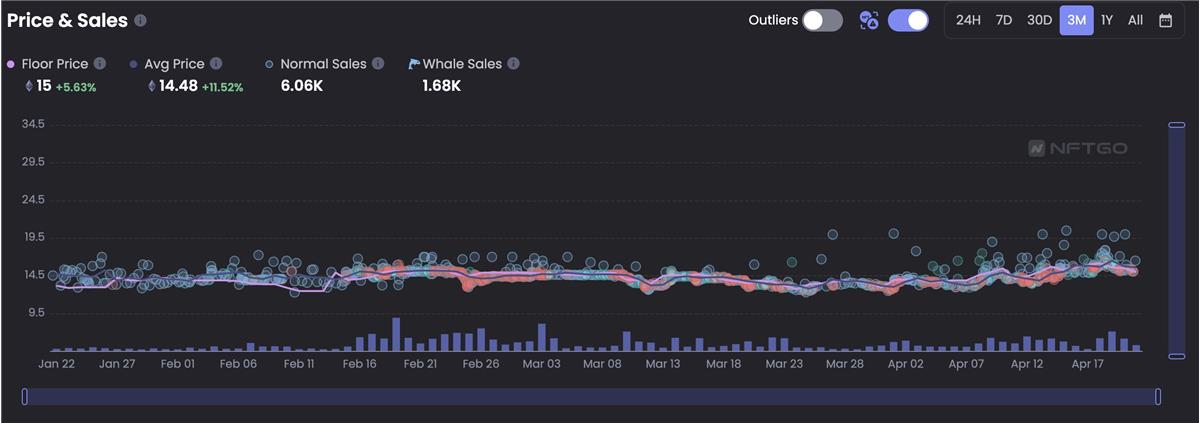
NFTs Have a Different Rhythm from the Market
In November 2021, the market peaked. As for NFTs, they peaked in April 2022, a full five months later.
In June-July 2022, the market was at the bottom.
From June to mid-July 2022, NFTs experienced another slight rebound.
What does this indicate? It shows that the NFT market has its own independent rhythm, which does not synchronize with the broader market.
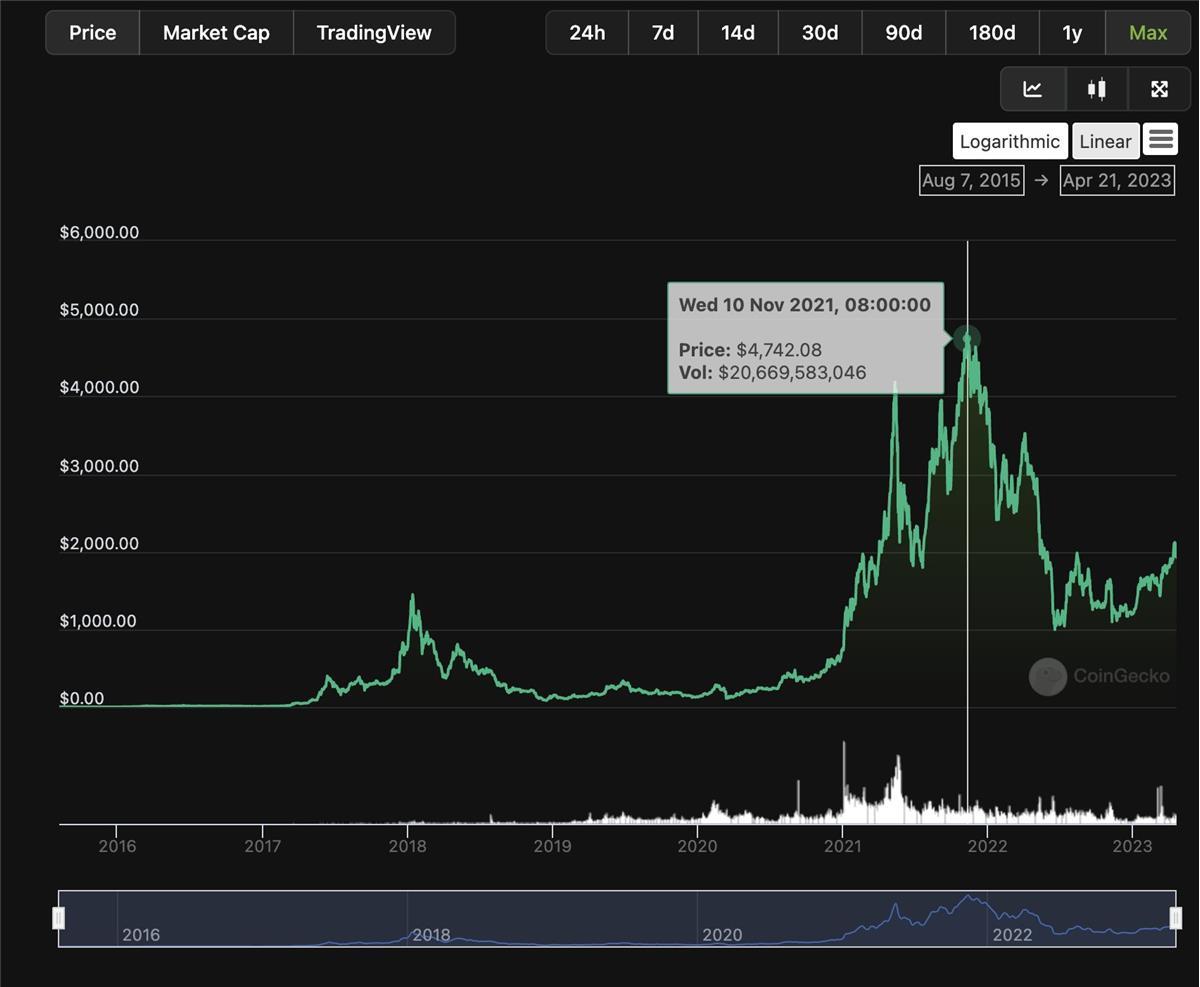
In the second half of last year, both NFTs and the broader market were oscillating downward, and no one felt that the NFT market was sick.
Bit Fool believes that we are still in a bear market for NFTs, and the decline is normal.
It’s not that the NFT market is sick; it’s because the rhythm of the NFT market lags behind the broader market.
If the rhythms are different, how do you explain that NFTs are falling much more sharply than the broader market?
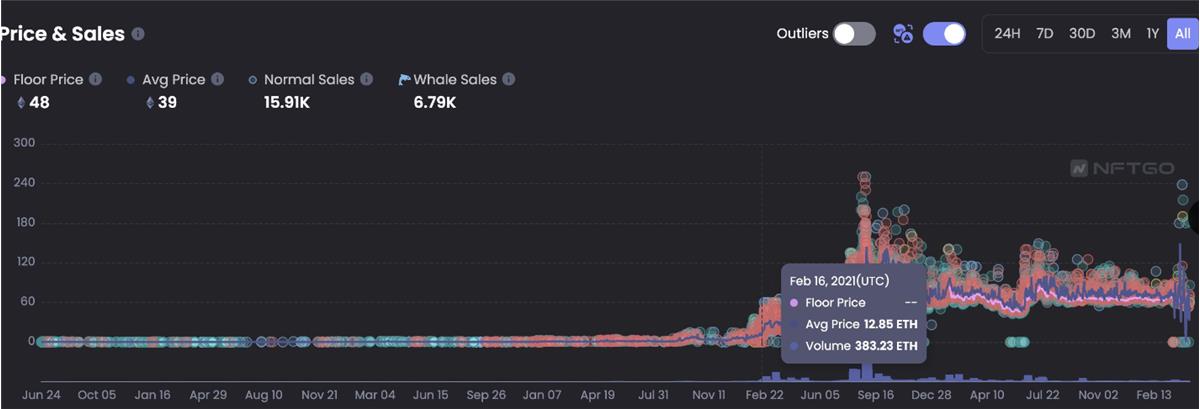
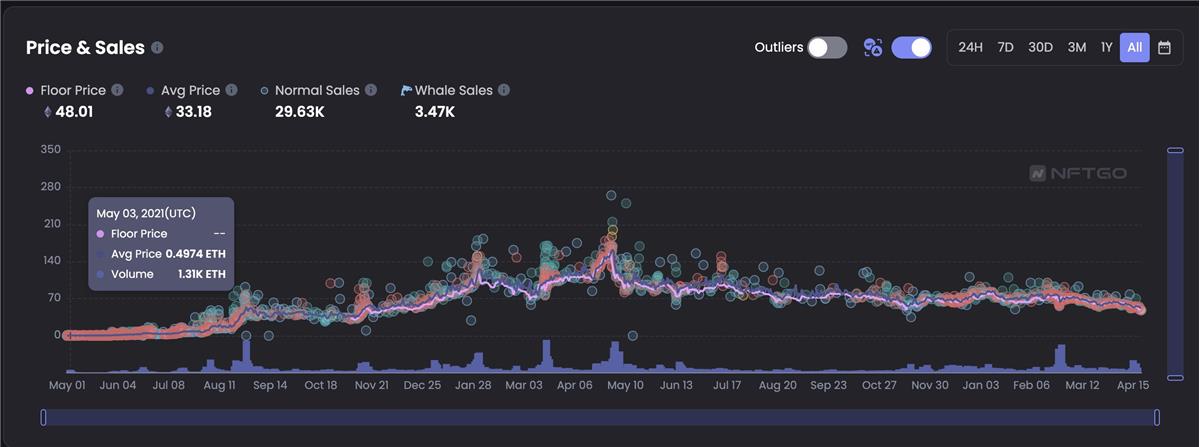
Why Do NFTs Fall More Sharply than the Market?
Because NFTs require lower liquidity to maintain the same market value compared to homogeneous tokens.
Why do people like to invest in NFT projects during a bear market? Because there isn’t enough money.
NFT projects can achieve larger market values with smaller amounts of capital. In other words, the market value of NFTs is more inflated than that of homogeneous tokens.
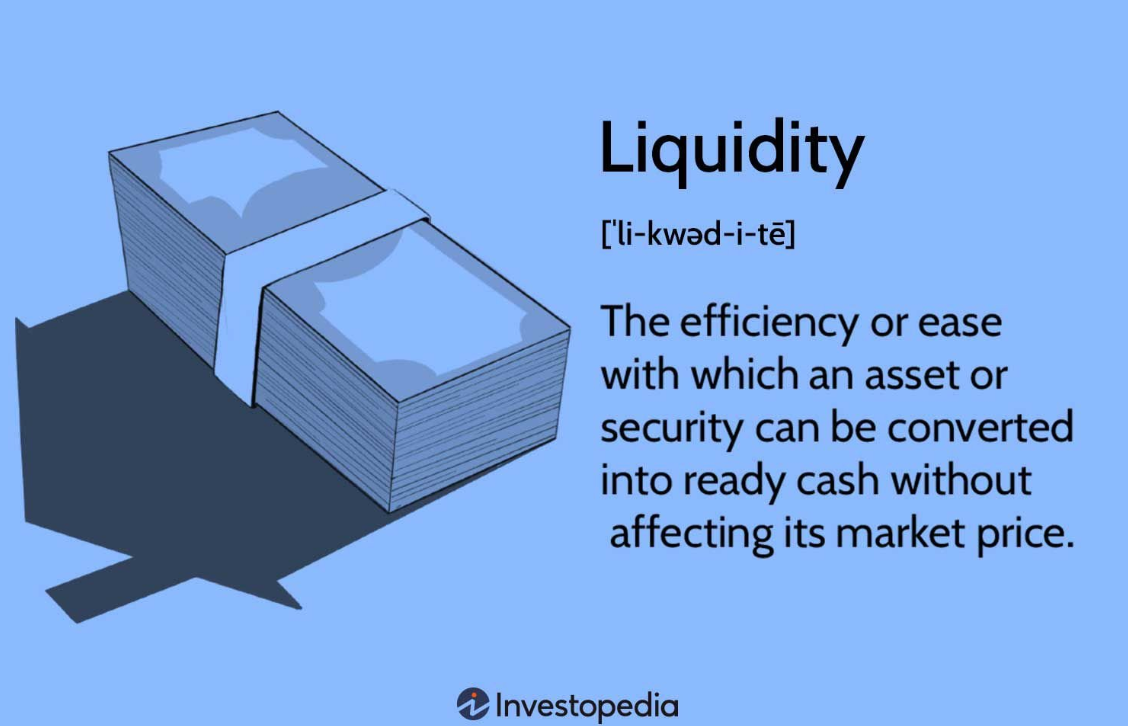
The inherent characteristics of NFTs: NFTs can rise far beyond the broader market in a bull market and can also shrink far more than the broader market in a bear market.
Bit Fool predicted the current sluggish performance of the NFT market back in August of last year.
This means that the NFT market is not sick; it’s just that the cycles and the broader market rhythms are different, and due to the characteristics of NFT assets, the declines in a bear market are deeper.
Looking at BLUR in the Context of the NFT Bear Market
Blur's trading mechanism diminishes the uniqueness of individual NFT chips, weakening their premiums. This can lead to a slight decline in the NFT market.
Blur's trading mechanism, in a declining market, sees each unit's price drop corresponding to more trading volume. This increases the cost for project parties to maintain prices, leading many blue-chip projects to start to falter. Overall, Bit Fool believes this makes the NFT bear market even more severe.
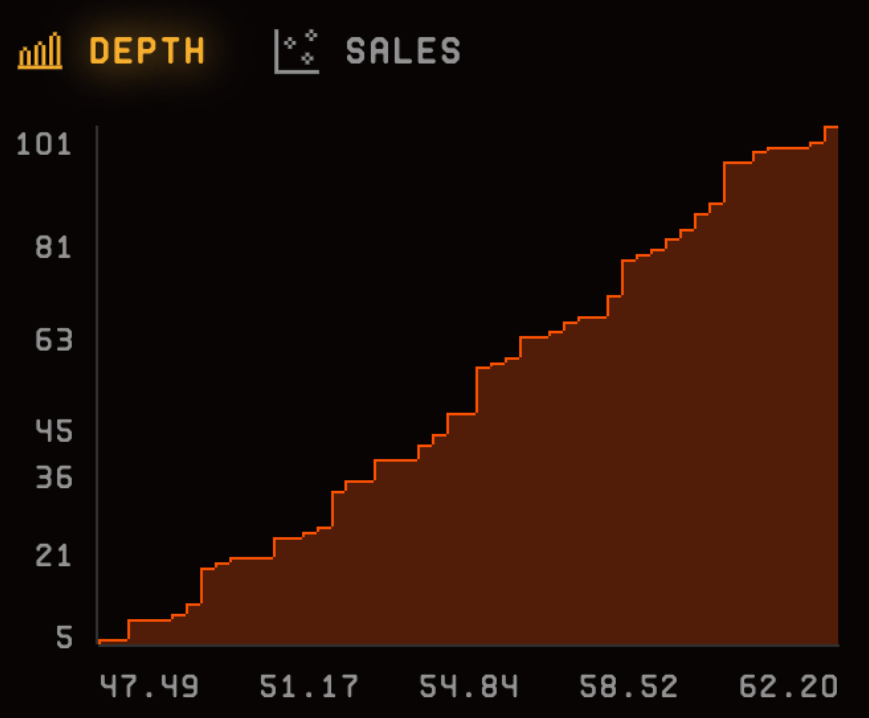
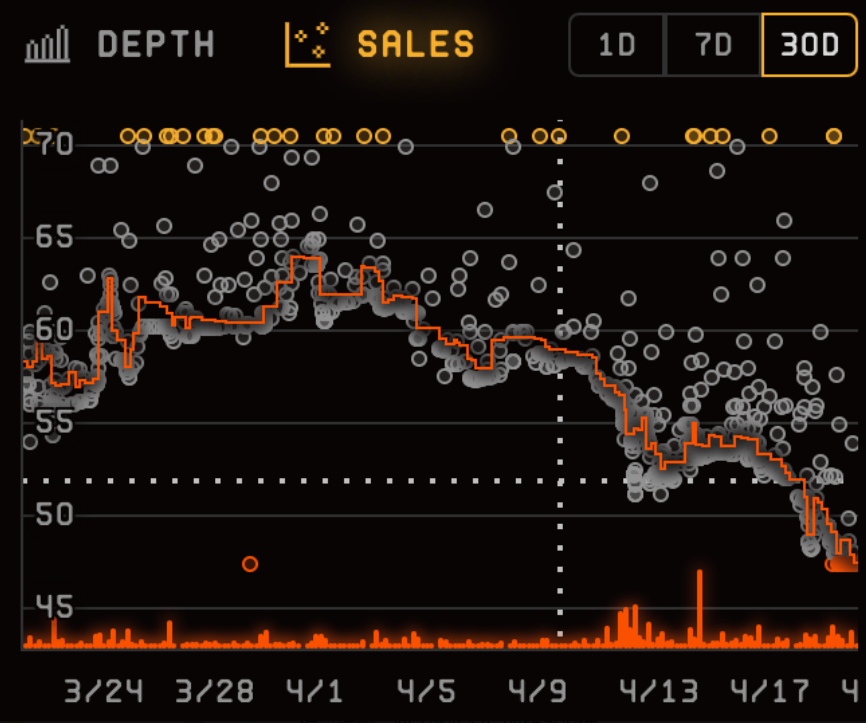
Will NFTs Be Unable to Recover?
Since it’s a bear market, NFTs generally have two possible futures.
One is to continue to decline, unable to recover, and fade into obscurity.
The other is to hit bottom and rebound, making a comeback.
Bit Fool speculates that the probability of NFTs disappearing is very low.
Firstly, the development of the online world necessitates digital art as a niche wealth repository. Currently, NFTs are the best vehicle for this.
Secondly, NFTs have already formed a huge ecosystem, with developers, investors, game studios, and metaverses. This ecosystem has not yet perished, and when the bull market comes, it will have the strength to fight back.
Thirdly, NFTs represent a form of innovative ownership expression that cannot be erased.
Finally, NFTs have created a new trading form within the community, which is highly attractive.
When Will NFTs Hit Bottom?
If we believe that NFTs will rise again, then the most important thing is to understand the larger cycle of NFTs.
The last bull market cycle started in late 2018 to early 2019, ending in late 2021. NFTs started in early 2021 and ended in April 2022.
Unfortunately, after the NFT market scaled up, it has only experienced one cycle, and the bear market has not yet ended. The earlier NFT market was too small to serve as a reference.
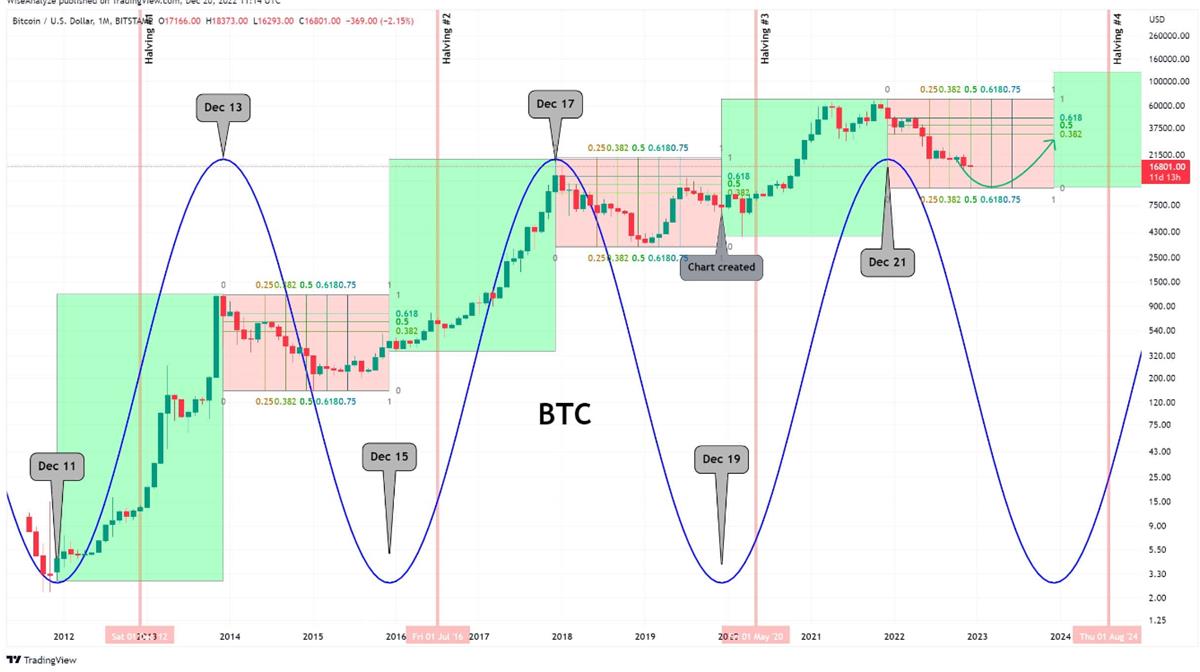
Bit Fool believes that the NFT market is likely to lag behind the broader market by 1-2 years.
If we consider that ETH hit bottom in June 2022, then the NFT market will likely hit bottom around the end of 2023. If the broader market heats up before the end of the year, then capital flowing into NFTs could lead to an earlier start for the NFT market.
This is a reluctant estimate, but at least it provides everyone with a vague influence. Bit Fool will keep an eye on the specific marginal changes in the market.
NFT Selection Criteria
Here, Bit Fool will not mention specific projects but will discuss some general principles.
Favor the aesthetic of young Americans, and do not favor Japanese aesthetics.
Western culture remains the mainstream of Web3, and people will pay for American taste.
The reason for not favoring Japanese aesthetics is that Japan is in decline and rapidly moving down the hierarchy of disdain. When a country declines, its artistic taste will also be looked down upon.
NFTs are divided into Utility NFTs and Non-Utility NFTs.
Utility NFTs, similar to locked NFTs for mining. Utility NFTs will have more stable prices and will also bring a ceiling.
Non-Utility NFTs perform poorly in a bear market and are of little use. In a bull market, due to the lack of cash flow discount constraints, their value can soar.
Bit Fool prefers targets that are deemed worthless in a bear market but soar to the clouds in a bull market.
The Old Hunters Are Here
The current NFT market has many people's hearts bleeding.
But for the old hunters, it’s just starting to get interesting.
The old hunters leisurely take out their guns, set up their scopes, and prepare to capture the rare delicacies.









